The Asian Indian population has a relatively high incidence of heart disease compared to other ethnic groups. According to the Indian Heart Association, cardiovascular disease (CVD) is the leading cause of death among Indians, accounting for 28% of all deaths. A systematic analysis of data from India found that the age-standardized prevalence of coronary heart disease in adults aged 35-74 years was 5.2% in rural areas and 7.4% in urban areas, with higher rates among men than women.
Research has suggested that the incidence of CVD in the Indian population is increasing rapidly due to changing lifestyle factors, such as unhealthy diets, physical inactivity, and tobacco use. Genetic predisposition, metabolic abnormalities such as insulin resistance and dyslipidemia, and a higher prevalence of traditional risk factors such as hypertension, diabetes, and obesity, also contribute to the high incidence of heart disease in this population.
It is important for individuals of Asian Indian descent to be aware of their risk for heart disease and take proactive steps to prevent or manage it. The American Heart Association recommends that all adults have their cardiovascular risk assessed every 4-6 years, and that those with risk factors for heart disease, such as high blood pressure or high cholesterol, be assessed more frequently. Lifestyle changes such as maintaining a healthy diet, engaging in regular physical activity, managing stress levels, and avoiding tobacco use are also key to reducing the risk of heart disease in this population. Regular check-ups with a healthcare provider can help to identify and manage any risk factors.
References:
- Gupta R, Mohan I, Narula J. Trends in coronary heart disease epidemiology in India. Ann Glob Health. 2016 Jul-Aug;82(4):307-15. doi: 10.1016/j.aogh.2016.04.005. PMID: 27802859.
- Prabhakaran D, Jeemon P, Roy A. Cardiovascular diseases in India: current epidemiology and future directions. Circulation. 2016;133(16):1605-1620. doi:10.1161/CIRCULATIONAHA.114.008729

